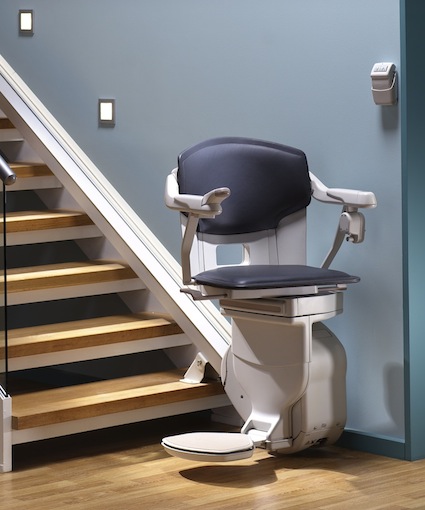If you or someone who you live with is a wheelchair user, there are certain changes that need to be made to the home. Here are the key changes to consider.
Changes to the Bathroom
There are a number of changes that can be made to the bathroom when adapting it for a wheelchair user. A level deck shower would give more space that a wheelchair user needs. Hand rails located in strategic places around the room will also be essential for making it easier to use the bathroom.
Bath hoists can be very useful as well. They make it simple and quick for a wheelchair user to get in and out of the bathtub. Some people decide to move their bathroom to the ground floor to improve ease of access, so this is something for you to consider too. What you do will depend on your specific needs.
Stair Lift
Unless you live in a bungalow, it will be essential to make sure that your home has a stair lift installed in it. These are becoming more commonplace, and the technology used in them is improving all the time. This means they can be installed in the home very quickly and quite cheaply nowadays.
Some people even go as far as installing an elevator in their home. And if you have the space inside your home to do this, it could be a good idea to take into consideration. But at the very minimum, you do need to have a stair lift in place. Alternatively, you could relocate to a bungalow.
Ramps Outside
Ramps are vital when changing your home for a wheelchair user. It’s the only way that someone in a wheelchair will be able to gain access to the home. They’re not too difficult to install, so you need to make sure you get them in place quickly. Otherwise, accessibility will become a big problem.
Trying to manoeuvre steps, even small ones, will be a huge problem. Having a ramp in place simply takes the hard work out of gaining access to the home for someone in a wheelchair. There are plenty of builders that will be able to take out the steps and build a ramp up to the home in no time.
Widening Pathways
When you have to get a wheelchair around the home, it usually means reshaping the home so that there’s enough space to get around it. You’ll have to make the pathways wider and move out some of the clutter so that there’s more open space in the home. This is the easy part, but there are other challenges too.
You’ll have to think about the issue of doorways. Depending on the size of the wheelchair being used, this might not be a problem. Wheelchairs are becoming more slimline, so it might not be a problem. But if your home has narrow doorways and the wheelchair is wide, you might have to pay to have the doorways widened.
Adapting the home for a wheelchair user is not simple, but it can be done if you follow the advice above.




